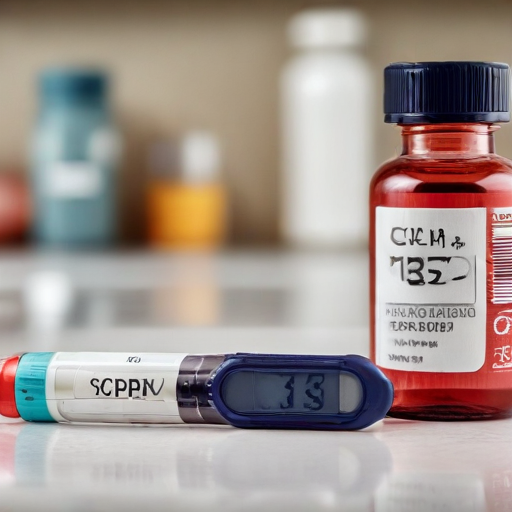The increasing prescription of GLP-1 drugs to individuals without diabetes is noteworthy, according to a recent study published in the Annals of Internal Medicine. This trend is occurring as prescriptions for diabetes patients are experiencing a decline, raising concerns about potential shortages of these treatments.
GLP-1 medications, which function by mimicking a hormone that regulates blood sugar and suppresses appetite, were initially approved for treating type 2 diabetes. However, since the FDA’s approval of Wegovy for weight loss in 2021, demand for these medications has surged.
Researchers from Cedars-Sinai Medical Center and other institutions examined the medical records of 45 million Americans from 2011 to 2023. Their findings revealed a significant shift: the percentage of new GLP-1 users with type 2 diabetes dropped from nearly 90% to over 70%, while those without diabetes increased from 10% to 25% during the same time period.
Yee Hui Yeo, the co-first author of the study, noted that this data indicates a growing recognition among healthcare providers of the benefits of GLP-1 medications for obesity treatment, reflecting a significant public health shift. However, this shift raises concerns about medication shortages and ensuring that diabetes patients continue to have access to these essential treatments.
Despite the promising benefits, the soaring demand for GLP-1 drugs has posed a challenge for manufacturers like Eli Lilly and Novo Nordisk. Both companies have committed billions to ramp up production but are still struggling to meet the rising needs of the market. Morgan Stanley analysts predict that the global market for these drugs could reach $105 billion by 2030, with an anticipated adoption rate of about 31.5 million people in the U.S. by 2035.
This study shines a light on the evolving landscape of obesity treatment and the expanding use of GLP-1 medications. While the increasing demand signifies a positive public health shift towards combating obesity, it simultaneously highlights the need for careful management of drug distribution to ensure equitable access for individuals with diabetes.
In summary, the rising prescription rates of GLP-1 drugs for weight loss among those without diabetes reflect a significant trend in healthcare, prioritizing effective treatments for obesity. However, as demand grows, it becomes essential for manufacturers and healthcare providers to strategize ways to sustain supply and maintain support for patients managing diabetes.
